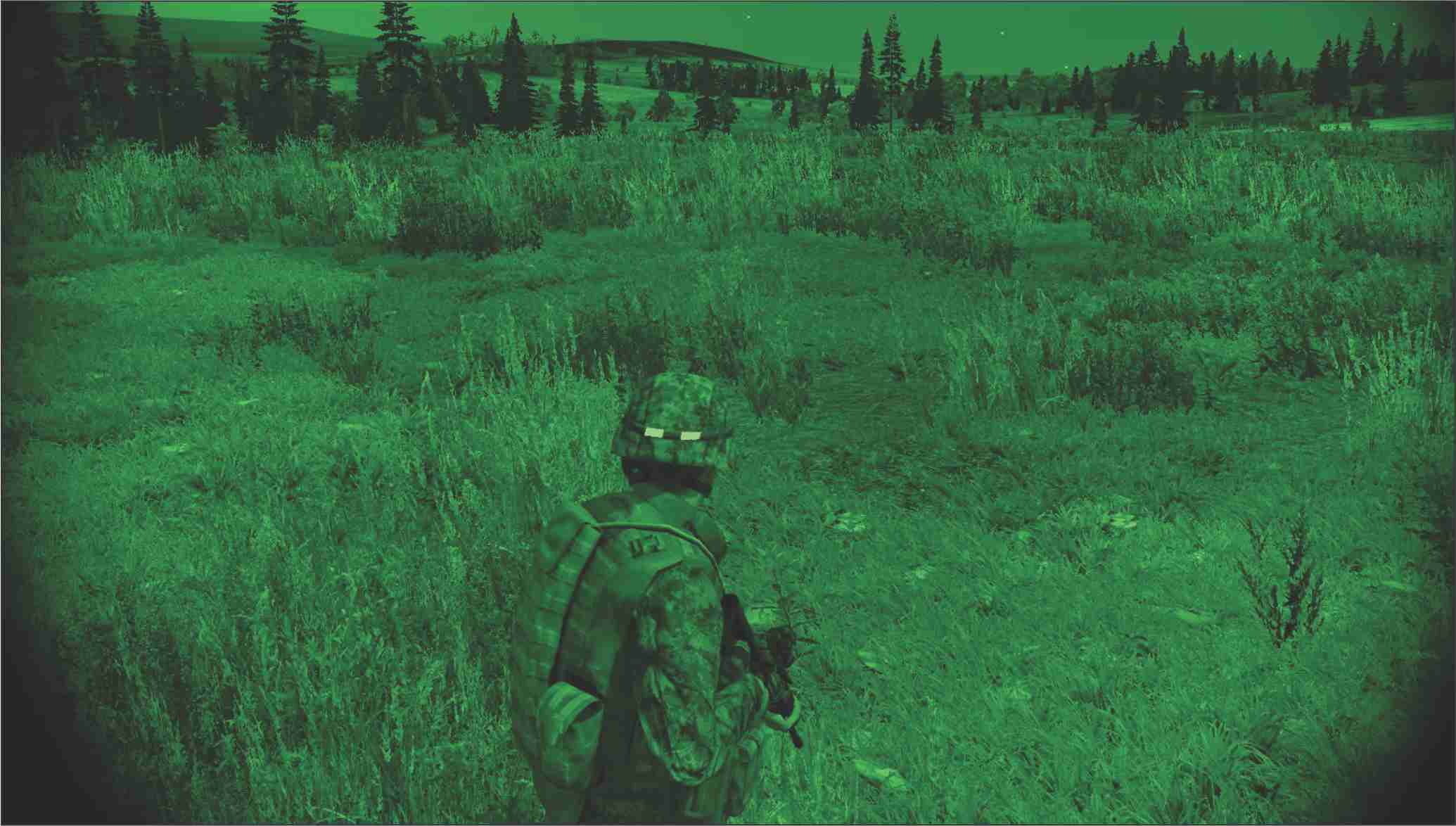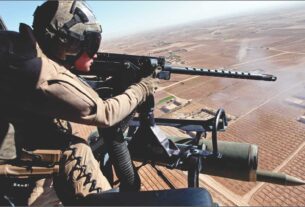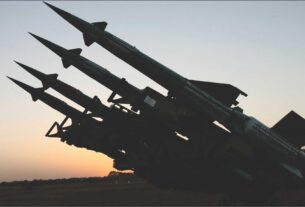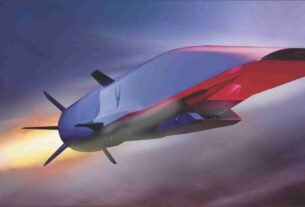The Indian dilemma is confounded by the fact that at the moment there are no more than one night vision device per section of ten men which leaves the other nine redundant at the very least or vulnerable to being exposed to enemy fire if any attempt is made for audio contact with the other members of the team. This is what happened with Major Unnikrishnan during the terrorist attack on the hotel in Mumbai on 26/11/2008. He had to raise his voice in the pitch darkness of the hotel to contact an injured colleague. It revealed his position to the terrorists and they shot in the direction of the voice, killing him.
Immediate requirement
Be it in urban guerrilla warfare or in the jungles of Jammu and Kashmir and Northeast India, the requirement of night vision devices has acquired an urgency that bodes no delay or half-measures. Half-measures like improving the equipment count from one to five per section as one has been hearing about still leaves half the valuable manpower open to difficulties in identifying enemy positions and obstacles along the route in attack operations or find the enemy in the darkness in defence configuration.
This was not the only dilemma confronting the fighting man (and one cannot imagine the proposed Futuristic Infantry Soldier as a System being effective in darkened conditions and it is no surprise that the F-INSAS project has had to be scrapped). But whatever else is planned will not fit the bill unless all ten men in a section are enabled to operate as a composite team-all being able to “see” at least up to rifle range in a dark, starless night-and able to communicate with each other about emerging threats or enemy positions without raising their voice above whispers low enough not to carry to the enemy. The current emphasis appears to be more on the weapon in the man’s hand than on the battlefield transparency that should be available to every fighter otherwise he will become redundant or logistically expensive in terms of bullets expended in rapid fire mode in the general direction of the gun flashes of the enemy.
The “perspective planners” in the Indian Army have been literally groping in the dark with such initial inductions as hand-held thermal imagers which required the leader of the team to look for the hidden enemy without being able to immediately fire at him without having to put down the bulky thermal imager. In practical terms any hand-held device renders the person carrying it hors d’combat (ineffectual) in his basic role-of killing the enemy before he kills one of us-and plans should incorporate a simultaneous improvement of sighting equipment and an appropriate weapon. Then only will a perfect match occur.
An appropriate sighting equipment means a device that is either integral to the gun or the soldier’s helmet which is intrinsically different from that of a fighter pilot in that the former has to be able to line up the target “along boresight” instead of the “off boresight” requirement of the latter. This means that the soldier must be able to see and shoot along the line of sight in very dark conditions.
Improved devices
The demand of the armed forces is for night vision devices of the third or more recent generation. The reality is that the designated “generation” is largely an improvement on the previous one. The “first generation” was excessively bulky and the image was fuzzy. It suffered from “blankness” if there was bright flash. With incessant explosions of bombs and rockets in the battlefield it would become difficult for operators to see what was happening in terms of manpower induction into the battlezone. The flash would destroy the image intensifier. Generation-II was an improvement in the image intensifier in both magnification as well as in reduction of size. This is what is in current use with the Indian Army. The army wants a Generation-III night vision device. The public sector defence undertaking Bharat Electronics Ltd which has been making Generation-II equipment had sought time to find a foreign collaborator.
This is what is intriguing. At least two institutions under the Defence Research and Development Organsation have been working on the primary night vision device subsystems-the image intensifiers in a laboratory in Dehradun and the technology for growing exotic crystals indispensible in creating NVDs in a Delhi laboratory. These laboratories have been working on these technologies for about a quarter of a century but have not been able to produce what the armed forces need. The demand is for a Generation-III equipment. American NVDs use gallium arsenide crystals to improve the image and reduce the size. This is what the Delhi laboratory was supposed to be pursuing and yet BEL has to look abroad for a collaborator.
Among the improvements in NVDs is the induction of infrared illuminators which turns an intrinsically passive NVD into an active one by acting like a torch to illuminate the target. The Generation-III has the advantage of not being blinded by the sudden burst of light from battlefield explosions. This is achieved by a process known as auto-gating.
Apart from the hesitancy in foreign equipment suppliers to collaborate with a public sector institution, it will not be easy for India to access foreign technology in NVDs because of government restriction in the horizontal proliferation of valuable technology. The US has set a norm by which improved generations of NVDs will not be exported except to very special friends. Pakistan has been given these NVDs to “help it fight terrorists”. This formulation makes India vulnerable to the diversion of such equipment for use against India as was the shoulder-fired surface-to-air missile Stinger meant to be used against the Soviets was part of the arsenal operated by the Pakistan Army Northern Light Infantry that infiltrated Kargil in 1999.
Even as BEL is involved in providing about 5000 NVDs for the Indian Srmy for several different echelons from infantry to tanks and mechanized infantry by 2017, there are reports that the private sector Tata company has forged a joint venture with an American firm to produce NVDs of a more recent generation. It is to be hoped that eventually such interaction will help India leapfrog technology and produce indigenous equipment for the armed forces. Licensed production has failed to do this in several crucial sectors of the defence procurement regime.





